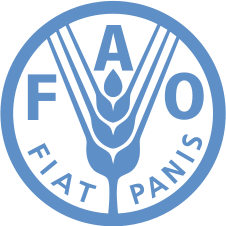 Know your marine environment and its ecosystems! This is the motto of a new collaboration between the Food and Agriculture Organization of the United Nations and Mundus maris. FAO entrusted Mundus maris with providing support for the implementation of communication activities for promoting the sustainable use of marine ecosystems in two pilot countries in West Africa (Senegal and The Gambia).
Know your marine environment and its ecosystems! This is the motto of a new collaboration between the Food and Agriculture Organization of the United Nations and Mundus maris. FAO entrusted Mundus maris with providing support for the implementation of communication activities for promoting the sustainable use of marine ecosystems in two pilot countries in West Africa (Senegal and The Gambia).
The letter of agreement defining the services agreed upon is established in the framework of the EAF Nansen project “Strengthening the Knowledge Base for and Implementing an Ecosystem Approach to Marine Fisheries in Developing Countries” (GCP/INT/003/NOR).
The agreement became effective 21 July 2011 and entails four parts: (1) a needs assessment, (2) a strategy to define the pilot activities, (3) the implementation of the pilot activities and (4) the analysis and reporting of experiences and results.
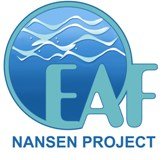 As part of the needs assessment, we interviewed school teachers and stakeholders from coastal areas in Senegal and The Gambia to find out more about the current teaching on marine ecosystems, what teaching methods are used - both 'traditional' and 'modern'. We also looked into what other communication means people of different age groups use to inform themselves and communicate.
As part of the needs assessment, we interviewed school teachers and stakeholders from coastal areas in Senegal and The Gambia to find out more about the current teaching on marine ecosystems, what teaching methods are used - both 'traditional' and 'modern'. We also looked into what other communication means people of different age groups use to inform themselves and communicate.
The purpose of this pilot study is to find out, what are the communication needs of children particularly in coastal areas of the two countries to learn more about the marine ecosystems at their doorsteps. This study should lead to developing activities in this direction. As usual, we'll build on what's there already and will seek cooperation. There are a good number of reliable resources that we can build on and put to good use. Let's just mention a few.
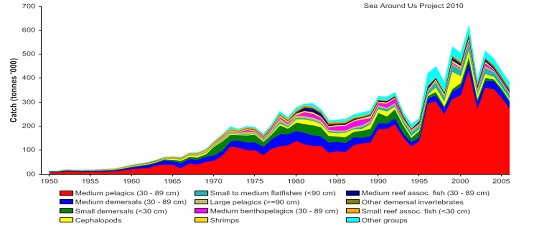 What do we know about marine ecosystems in Senegal, Gambia and other countries in NW Africa? Patient research over decades has pieced together useful qualitative and quantitative information even though there are still big holes in our knowledge and understanding.
What do we know about marine ecosystems in Senegal, Gambia and other countries in NW Africa? Patient research over decades has pieced together useful qualitative and quantitative information even though there are still big holes in our knowledge and understanding.
Taking Senegal as an example, the graph shows the ups and recently more downs of marine landings as they have been reconstructed by the Sea Around Us Project led by Daniel Pauly. This is based on official catch statistics and any corrections applied based on independent sources and triangulation.
FishBase, the global web archive on all fishes provides species lists by country. Behind each name is an information sheet about key characteristics of the species, its distribution, growth, food, a picture and much more. There are many other ways to extract useful information from the huge pool depending on the need. Identification keys help to put a name of an unknown species and a fish quizz is loved particularly by kids. SealifeBase works towards developing such information for all non-fish species in the oceans.
The continuous process of change in fishing strategies, including the rise of illegal, unregulated and unreported (IUU) fishing, markets and other drivers of change (coastal construction, erosion, pollution, climate, marine protected areas and other conservation measures...) has an impact on the functioning and productivity of ecosystems, even if there is insufficient capacity to monitor all of them systematically. The composition of landings reflects these changes. Many valuable species in the ecosystem are fully exploited or overexploited and have become rarer in the landings. This now also impacts on the earnings of the fishermen and the men and women active in the postharvest sector (handling, processing and marketing), even though we know that healthy ecosystems can produce more on a sustainable basis.
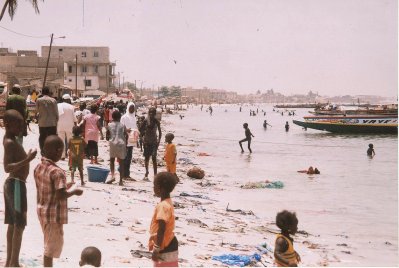 So, we have interviewed teachers and principals of 22 primary schools and 13 secondary schools in Senegal and The Gambia throughout August 2011. These schools were in the coastal fishing towns of Saint Louis, Kayar, Hann, Mbour and Ziguinchor in Senegal and Brufut, Tanji and Gunjur in The Gambia and between them have more than 20,000 pupils. We also asked many other stakeholders in the communities for their views and experiences, in total some 80 people.
So, we have interviewed teachers and principals of 22 primary schools and 13 secondary schools in Senegal and The Gambia throughout August 2011. These schools were in the coastal fishing towns of Saint Louis, Kayar, Hann, Mbour and Ziguinchor in Senegal and Brufut, Tanji and Gunjur in The Gambia and between them have more than 20,000 pupils. We also asked many other stakeholders in the communities for their views and experiences, in total some 80 people.
There is already some interesting past experiences in some of the towns of directing school projects at local environmental problems as is illustrated by an example of the Khadim School in Hann.
The project involved classroom-based teaching (e.g. as shown here in relation to different recycling times of different types of wastes and how long they may remain polluting the coastal and marine environment.
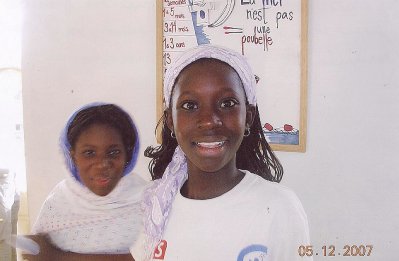 This teaching was successfully combined with excursions and theatre around themes chosen by the pupils themselves. From the survey of schools it emerged, however, that introduction to knowledge about marine ecosystem is confined to special projects, not part of the standard curriculum.
This teaching was successfully combined with excursions and theatre around themes chosen by the pupils themselves. From the survey of schools it emerged, however, that introduction to knowledge about marine ecosystem is confined to special projects, not part of the standard curriculum.
What also emerged is that many schools have large class sizes and few means to support the teaching.
As a result, not all children complete school successfully. In some towns, NGOs, ministries and others supporting environmental awareness, conservation and rebuilding also have outreach activities to schools and the general public, but this is not generalised.
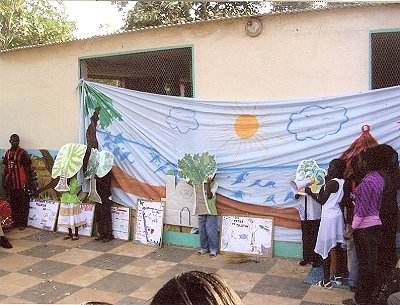 The need for visual supports and teaching aids came out strongly among the needs in relation to enhancing awareness and knowledge about marine ecosystems. Teachers would welcome films, posters, and other such means as they have noted best learning results, whenever these were available.
The need for visual supports and teaching aids came out strongly among the needs in relation to enhancing awareness and knowledge about marine ecosystems. Teachers would welcome films, posters, and other such means as they have noted best learning results, whenever these were available.
Radio transmissions of a number of stations now operating at local and national levels are already used by many NGOs for conveying their messages in support of marine protected areas and other issues. In Senegal and Gambia traditional culture continues to play an important role in learning and communication. Among these, theatre and market cryers (griots), dance and sport competitions are the most prominent.
Luckily the Regional Programme on Environmental Education in West Africa supported by IUCN, WWF, FIBA, the Sub-Regional Fisheries Commission (CSRP) and Wetlands International has very recently put out an excellent booklet about marine and coastal ecosystems of the subregion.
This should be an important component in the efforts of responding to the communication needs of teachers, children and other interested people. It already exists in three languages: English, French and Portuguese.
The international NGOs actively working on protecting the marine environment provide some useful web resources. FAO has published a technical report about existing marine protected areas (MPA) in developing countries and their governance (including case studies from West Africa).
Then there is the generic guidance provided e.g. by the FAO guidelines on how to implement the Code of conduct for responsible fisheries, the application of which remains a challenge.
In a short while we hope to be able to suggest some practical follow-up when the schools are into the new term.








